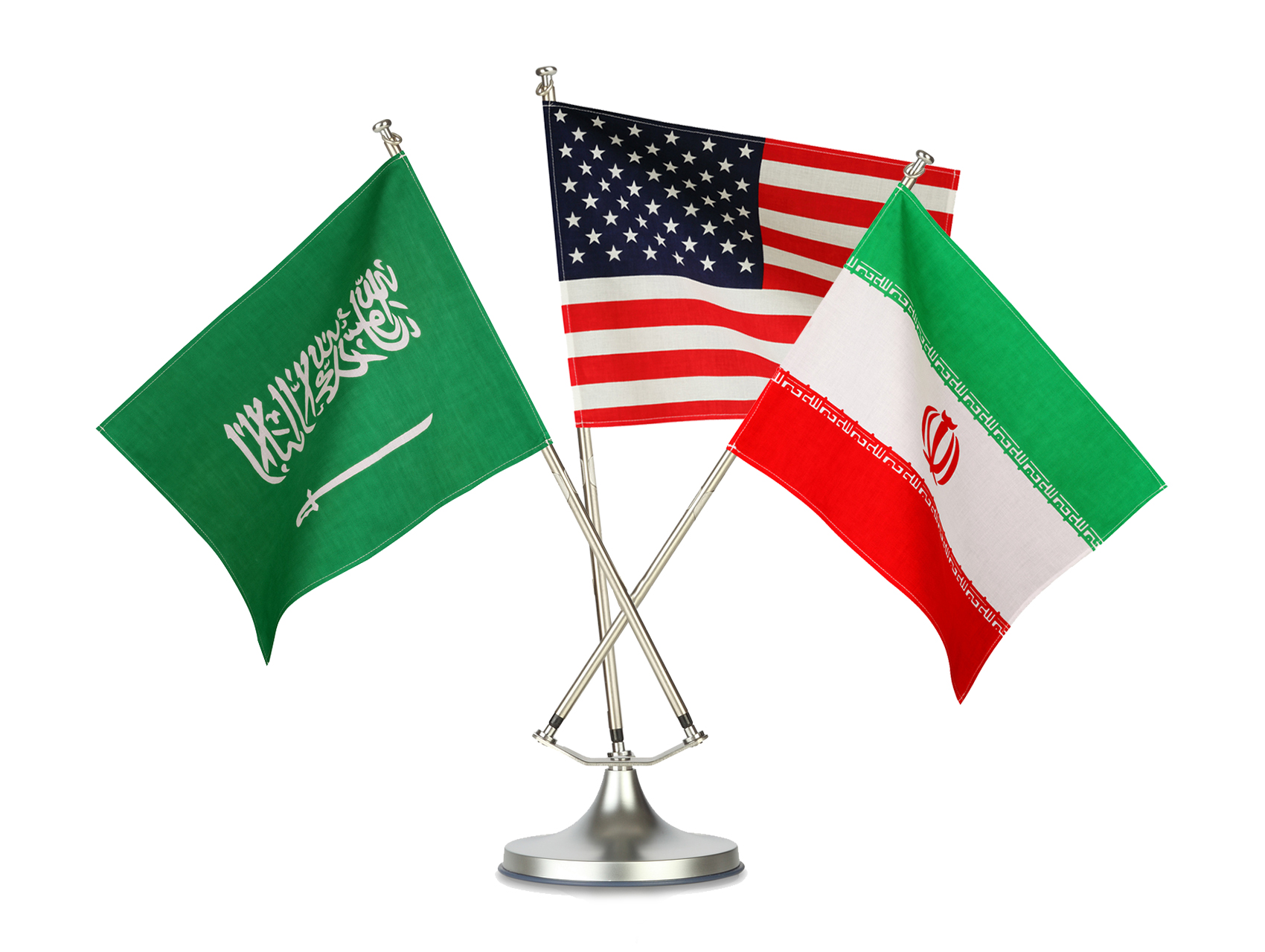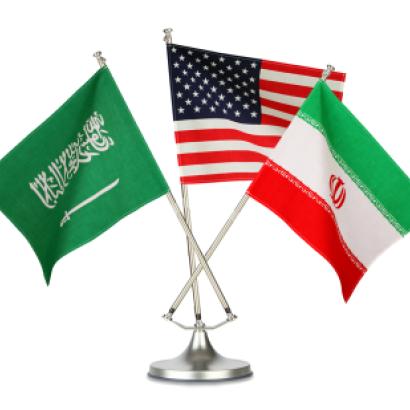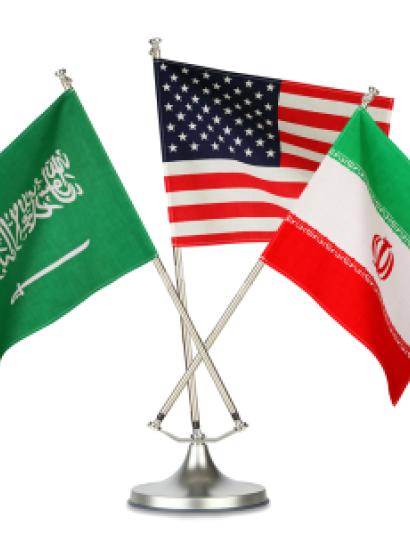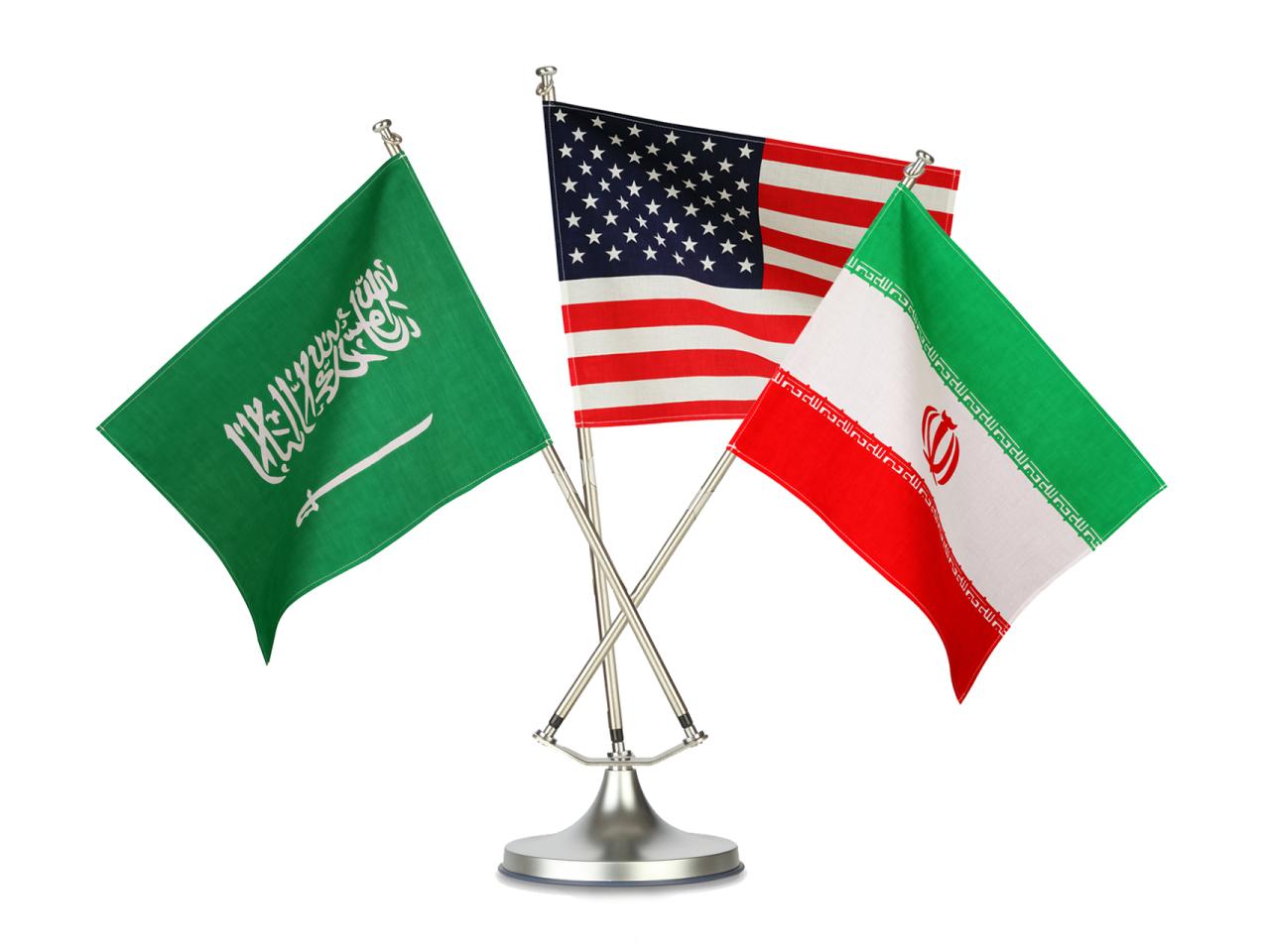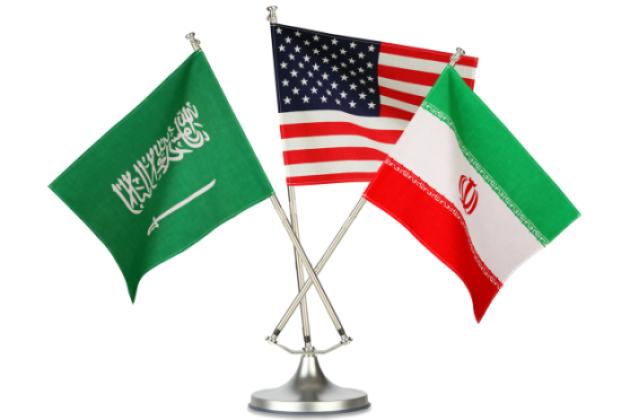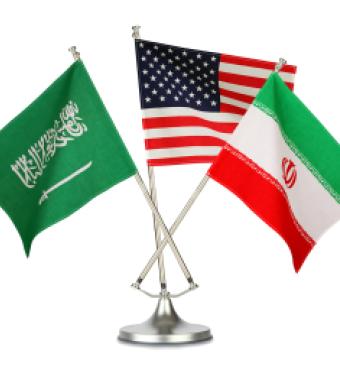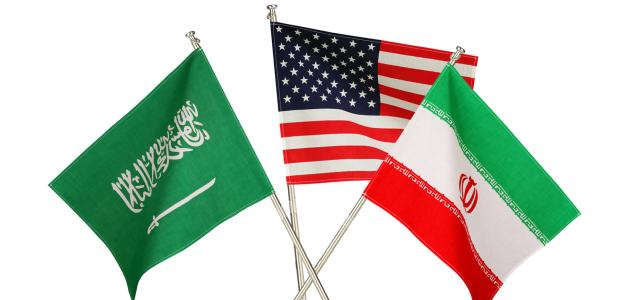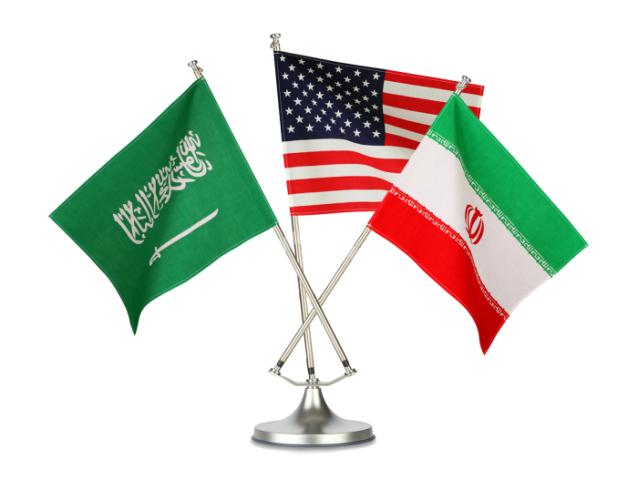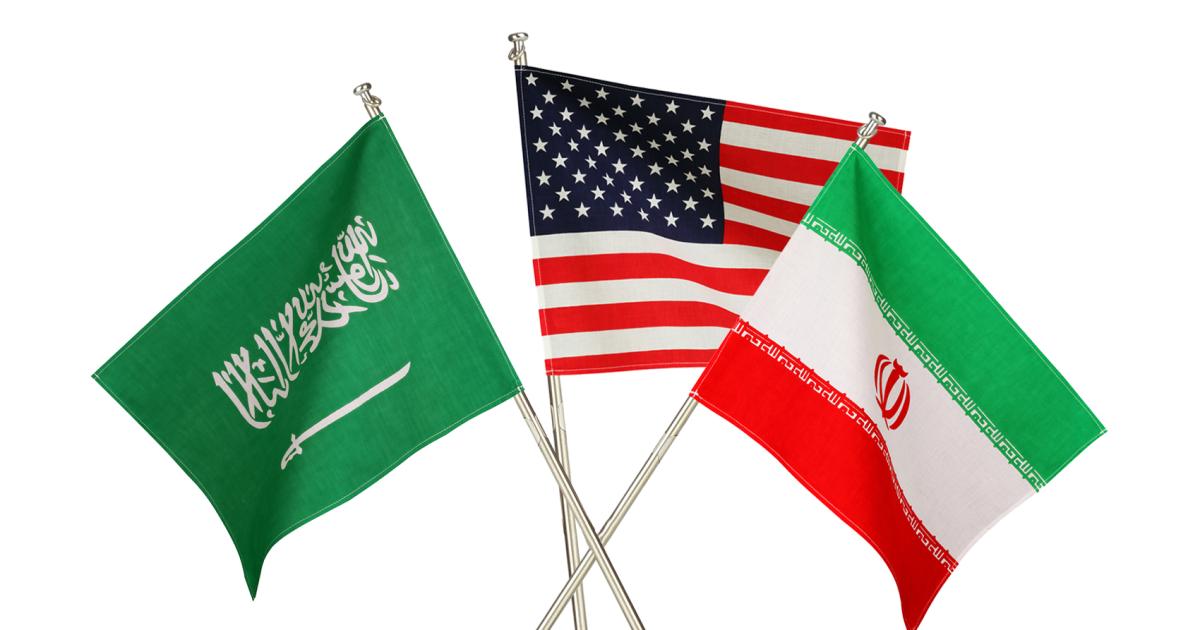- International Affairs
- Middle East
- Revitalizing History
The Biden administration’s scheme to release billions in sanctioned Iranian funds in return for the release of five wrongfully held U.S. prisoners is a terrible policy. While it, of course, benefits the hostages and their families, it will encourage Iran and other bad actors to kidnap more Americans in order to sell them back at a high price. In turn, this will reinforce the worst inclinations of the Iranian regime, across the whole gamut of its malign activities—nuclear weapons development, regional destabilization and domestic repression.
The timing of this diplomatic blunder is particularly unfortunate because there are signs that the situation in Iran is forcing a reversal of some of its malign policies. Seventeen years ago Henry Kissinger asked whether Iran intends to act as a cause or as a nation: will it devote its resources to radical transformations at home and destabilization abroad or will it pursue responsible policies reflecting its national interests? In other words, Iran must choose between an Islamic Revolution and the Islamic Republic. Iran’s recent decision to reopen diplomatic relations with former arch-enemy Saudi Arabia indicates that the Iranian leadership–or at least part of it–may be preparing to reenter the international family of nations and forego the temptations of radical revolution. This could be good news.
Nothing is guaranteed yet–and the initiative may yet collapse and the Biden administration may well fumble the ball–but the region could be at the cusp of a historical turning point. For years, the Middle East has been defined by brutal enmity between Iran and Saudi Arabia. That enmity took on religious-ideological terms as a wider civil war in the Muslim world between Sunni and Shia. This era could come to an end, and with it an end to turbo-powered Islamist extremism. Riyadh has already wound down its erstwhile support for spreading Wahhabism, the Abraham Accords are transforming regional dynamics, and if Tehran pushes the Houthis toward de-escalation in Yemen–an indispensable component of any arrangement with the Saudis–we may witness a similar reduction of Islamism on the Shia side.
Such changes would mean a profound paradigm shift in the region, requiring new strategic thinking. No wonder this aspect of the recent Iran-Saudi deal brokered by China has gone largely unnoticed by the commentariat. Since it was first announced, the arrangement has been understood primarily only as an indicator of the decline of U.S. regional influence. As long as the Biden administration continues to snub Mohammed bin Salman–he has been feted in Paris and invited to London, but Washington continues undiplomatically to give him a cold shoulder–no one should be surprised that the Crown Prince reaches out in other directions. Nor is there any surprise in Beijing’s eagerness to establish itself as the power broker of influence in a region from which the U.S. has advertised its intention to pivot away. Even though at the Jeddah summit last year President Biden promised to reverse that Obama-era policy by re-engaging in the region, little substance has been delivered. Recent reports, though, suggest that Washington is finally reaching out to Riyadh–maybe too little and too late.
Such observations are certainly valid, but they miss the key issue. It is low hanging fruit to explain the Saudi or the Chinese interests. Much more noteworthy is the sudden willingness of the Iranians to reach out to what they used to vilify as the “House of Saud” in order to move toward some new accommodation. This shift requires a major revision of the ideological platform Iran has used for nearly half a century to bolster its domestic legitimacy and define its international agenda. What has changed?
As the supreme leader Ayatollah Khamenei ages and the succession question looms on the horizon, parts of the ruling elite in Tehran presumably recognize that the operating system of the Islamic Republic has grown hopelessly obsolete. We are not facing the rise of some Iranian “moderates” whom think-tank liberals in Washington love to imagine. Instead, we are witnessing a sober calculation, in the very heart of strategic power and Quds force leadership, that the Khomeini revolution has run its course. Policy leaders in Tehran, who are no fools, understand that more chatter about anti-imperialism cannot solve the endemic problems that threaten the future of the regime. Iran in 2023 may be replaying the final acts of the Soviet Union, and the opening to Saudi Arabia may be a dress rehearsal for Iran’s Berlin Wall moment. How come?
The enormous economic challenges facing Iran are an achievement of the Trump administration’s campaign of sanctions, no matter how much the Biden administration has softened their impact. The Iranian economy is not meeting the aspirations of its ambitious population, with a per capita GDP around $4,250. The figure for Saudi Arabia is nearly $21,500. Those hard numbers show how far Iran has to go to surpass the Saudis. In order to grow its economy, Iran has to be perceived as a trustworthy partner. Renouncing its regional destabilization efforts is the necessary first step to open the door for Iran to pursue lucrative commerce, especially with the Gulf countries, making up for the costly missed economic opportunities of the past decades.
Yet more than the economy is at stake. Women, who occupy a position of respect and stature in Persian society, were in the lead in the recent wave of protests, but they were not rallying against economic conditions. Claiming their right to forgo wearing the hijab is a “post-material value,” if there ever was one. This priority of individual choice reflects a significant demographic transformation. Iran’s population is young: over 60% of Iranians are under the age of 30, born well after the 1979 revolution and the Iran-Iraq War that ended in 1988. The stale ideologies of those eras have no credibility for people fed up with bankrupt propaganda. The empty slogans of revolution have become antiquated, even while Persian national pride is strong and getting stronger–and young Iranians are refusing to accept the infallibility of religious mandates and the oppressiveness of life-style regulations.
In 2009, when protests broke out against the reelection of President Mahmoud Ahmadinejad, the regime dismissed the demonstrators, blaming their actions on the CIA and Mossad. But the new round of protests, which it views as fully indigenous, has revealed the profound legitimacy crisis of the state. The old guard has lost credibility: it is time to pass the torch to the new generation of Iranians clamoring for freedoms and for Iran's own national interest, rather than for visions of an international religious revolution. The challenge for the regime is to figure out how to liberalize and win support from the youth, while simultaneously maintaining its grip on political control.
A third problem facing Tehran must worry hardcore “realists” at least as much as the economy and the demography. Geography is destiny: Iran shares land borders with Afghanistan, Armenia, Azerbaijan, Iraq, Pakistan, Turkey, and Turkmenistan and maritime borders with Bahrain, Kuwait, Oman, Saudi Arabia, and the United Arab Emirates. But instead of paying attention to security on these extensive borders, Iran’s foreign policy has invested in projects of war by proxy in relatively distant Lebanon, Syria, and Yemen. None of those three countries borders Iran (even though Iranian action in each could be seen as part of a balancing strategy against regional competitors, Israel, Turkey and Saudi Arabia, respectively). Waging those far-flung wars amounted to a strategy of keeping the enemy at a distance–a corrective response to the disastrous experience of the Iran-Iraq War with its enormous losses. Nonetheless, engagement in those distant theaters has been very costly to Iran, not only in terms of material support but also with regard to political capital, internationally and especially domestically: young Iranians, facing ideology, austerity, and deprivation at home, resent seeing funds being diverted to the Houthis in Yemen and to Hezbollah in Lebanon, when those precious resources could be used to jump-start the Iranian economy.
Support for military capacities in those distant wars is simply not as urgent for Iranian national security as is defending against significant threats much closer to home. Neighboring Azerbaijan commands the sympathy of the large Azeri minority inside Iran, which represents 15-20% of the population. In general, Persian dominance is encountering the challenges of domestic ethnic diversity, and this “multicultural” Iran, therefore, faces the prospect of further instability. The risk posed by ethnic grievances and discontent has indigenous sources, but the Tehran leadership treats them as being exacerbated by hostile media, such as the broadcasts by the Saudi-funded news channel “Iran International,” which has been effective in giving voice to internal dissent.
Meanwhile, radical Sunni Islamists, operating both in Afghanistan and in Pakistan, pose threats on Iran’s eastern border; these are prominent vestiges of the lingering Sunni-Shia conflict. They represent genuine dangers to Iranian security, which–for national security strategists in Tehran–should be more important than the regime’s adventures in distant Palestine. A clear-sighted analysis of security risks to the Iranian regime would lead analysts to prioritize counter-terrorism measures close to home over the proxy wars abroad.
These considerations of Iranian vulnerabilities take on special significance in the larger geostrategic context. Tectonic shifts are underway on the Eurasian landmass, to which Iran, given its crossroads location, is particularly vulnerable. It harvested some short-term gains by selling drones to Russia (as Turkey did to Ukraine). Yet Tehran undoubtedly understands that the Russian defeat is only a matter of time, and it is not in Iran’s national interest to be tethered to the loser in a war that will redraw power relations from the Black Sea eastward. As the global competition between China and the U.S. increasingly plays out in the “stans” of Central Asia–as much as in the western Pacific–Iran’s interest does not lie in becoming a satrapy subordinate to the Chinese empire. On the contrary, Iran’s natural allegiance is with the West, which points to a reversion to Iran’s pre-1979 foreign policy of a partnership with the U.S. Reaching out to Riyadh is Tehran’s first step in that direction, the exact opposite of Hezbollah’s Hassan Nasrallah recently exhorting his followers to “look East.”
In order to preclude regime collapse, thoughtful leaders in Tehran must be recognizing that it is time for a reform program, something similar to what is underway in Saudi Arabia. The outreach to Riyadh is a telling indicator. Ibn Salman has been able to undertake a major reengineering of Saudi society while maintaining regime continuity. A transformation of a similar scope will be necessary for Iran. This means giving up on the project of an “axis of resistance” and instead providing a clear answer to Kissinger’s diagnosis. In his words, “A modern, strong, peaceful Iran could become a pillar of stability and progress in the region. This cannot happen unless Iran's leaders decide whether they are representing a cause or a nation — whether their basic motivation is crusading or international cooperation.” It is precisely such international cooperation that is necessary for Iran to achieve the economic success that might forestall regime collapse. The opening to Saudi Arabia is an indication that some strategists in Tehran understand this imperative.
U.S. policy should therefore be calibrated to encourage Iran’s move toward international cooperation. This means maintaining the sanctions pressure, while linking prospects of gradual relief toward clear changes in Iran's modus operandi. There are plenty of steps Iran can take to demonstrate a shift in attitude. Nor is sanctions reduction necessarily the best first step for Washington to take. Confidence-building cooperation in combating terrorism on the Iran-Afghanistan border–not unprecedented–which would benefit Iranian security, might be tied, for example, to specific and measurable reductions in Iranian regional interventions—in Yemen, Syria, Iraq, or Lebanon.
Encouraging Iran to step back from its obsolete revolutionism means forgetting the moribund Vienna negotiations around the JCPOA and turning instead to a graduated policy of incentives linked to genuine changes in Iranian policy. This process will, however, be vulnerable to sabotage efforts, whether from anti-reform opponents inside Iran or from outside forces eager to prevent any rapprochement. This is the context in which we should view the recent skirmishes in the Gulf as well as the ISIS attack on the Sayeda Zeinab shrine in Damascus in July, the most prominent Shia site in Syria. This is also the key to understanding Hezbollah’s provocations with Israelis on Lebanon’s southern border. These clashes may indicate that Hezbollah is aiming to ignite a larger conflict in order to counteract regional movements toward normalization, including Iran’s outreach to Saudi Arabia. Alternatively, the clashes may be a result of Tehran already shutting Hezbollah out of its own strategic planning: Hezbollah may not have yet gotten the message that it is time to wind down the conflict.
Obviously, we cannot preclude the possibility that Iran’s opening to former adversaries may fail. A larger conflict between Hezbollah and Israel–whichever side starts it–would derail the initiative, albeit temporarily. Other opponents of normalization–including those inside Iran–may try to block it. It would be sabotaged, for example, if Iran were to decide to join Russia in the Ukraine War. In order to forestall such a development, an agile U.S. diplomacy is needed to seize the opportunities of the moment. We may be standing at a turning point in the history of the region that will usher in the beginning of the end of Islamist radicalism, both Sunni and Shia, while drawing Iran back toward Western modernity. Now more than ever, we need smart policies and talented emissaries to reach productive outcomes.
American diplomacy, therefore, requires the sort of vision and rare skill not seen since the Kissinger era. In the context of great power competition, with the Chinese challenge and a belligerent Russia, relations between the U.S. and Iran might rediscover the advantages of the pre-1979 partnership. Such an outcome will, however, have to be premised on the U.S. providing credible security guarantees to Iran as well as to Saudi Arabia as part of a reimagined Middle East to which the U.S. –despite Obama–remains committed. It will require a compromise solution in Yemen that allows for appropriate power-sharing of all parties, and will open the door for progress on the Israel-Palestine file, i.e., a variant of the Abraham Accords, but now including Iran. This would mean, in return for a normalization with Israel, an acceptable formula for a Palestinian state at the heart of a region that leaves behind its perennial ideologies in order to provide prosperity and dignity to all its peoples.
According to recent news reports, the Biden administration is pursuing efforts to achieve normalization between Saudi Arabia and Israel, an arrangement forged against the perception of an Iranian threat. This sort of agenda may be missing the bigger opportunity: it is a strategy that is not grand enough. Instead of a network of Sunni states and Israel lined up against Iran, which will leave the region riven by tension and instability, there is a prospect of building a security architecture including Iran, alongside Saudi Arabia and Israel, together a powerhouse for economic progress and simultaneously a bulwark against America’s great power competitors, China and Russia. If Iran is truly ready to put nation ahead of cause, then the U.S. should be prepared to show it the way.







